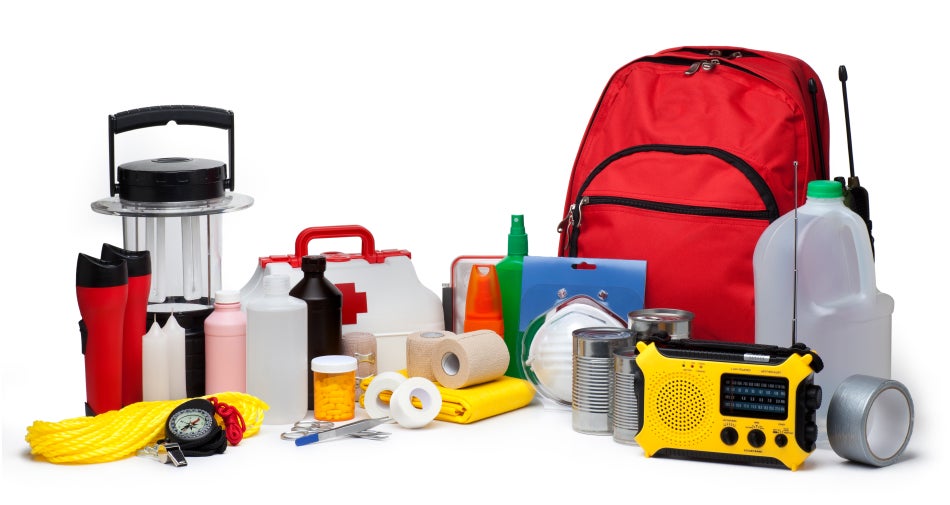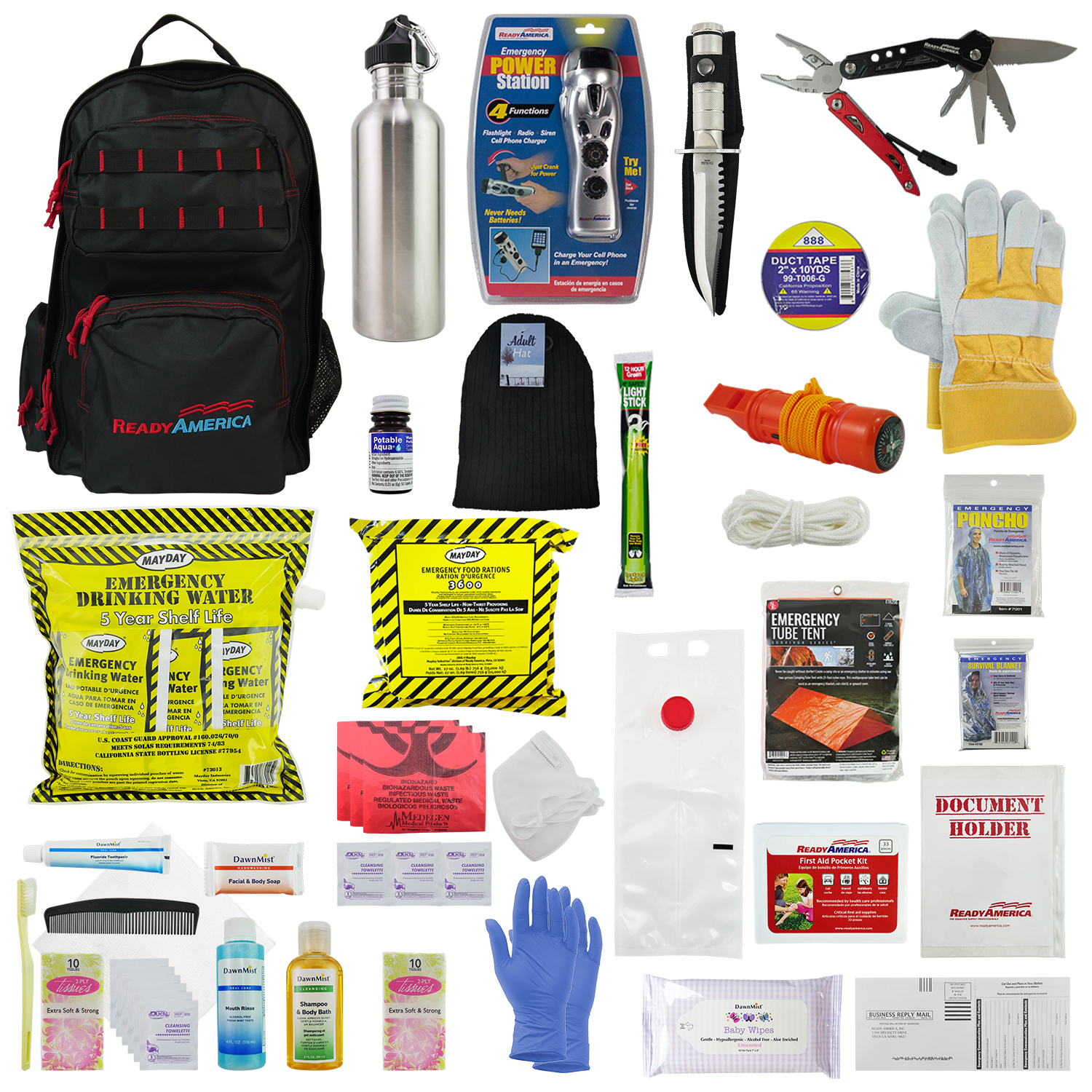Await Anything: Emergency Preparedness Tips for each Circumstance
Await Anything: Emergency Preparedness Tips for each Circumstance
Blog Article
Exactly How to Create a Detailed Emergency Preparedness Plan
In the world of readiness, developing an extensive emergency situation strategy is not merely a task to mark off a list; it is a necessary cornerstone of any type of company or person's strength strategy. From natural catastrophes to unforeseen situations, the capacity to anticipate, mitigate, and respond successfully can suggest the distinction in between disorder and control. By meticulously crafting a plan that deals with numerous elements of emergency situation administration, consisting of danger assessment, interaction procedures, source allocation, and calculated decision-making, one can lay a solid structure for guarding lives, possessions, and operations. However, the true effectiveness of such a plan lies not just in its creation however additionally in its continuous upkeep and adaptation to advancing difficulties and dangers.
Value of Emergency Situation Readiness
Emergency readiness is important for alleviating prospective dangers and making sure the security of people and communities. In today's world, where natural catastrophes, public wellness crises, and other emergency situations can strike without caution, being prepared can make a significant difference in lessening the influence of these events. By having a well-thought-out emergency situation readiness strategy in position, organizations and people can react effectively, protect lives, and minimize residential or commercial property damage.
One of the main factors why emergency situation readiness is essential is its role in saving lives. Having a strategy that describes clear treatments for emergency, discharge, and interaction reaction can help people act swiftly and emphatically when emergency situations happen (click for more info). This can avoid injuries and casualties by making sure that people know what actions to require to stay risk-free
In addition, emergency situation readiness improves the resilience of neighborhoods. By fostering a society of readiness and planning for numerous circumstances, communities can recover quicker from calamities and disruptions. This resilience is necessary for keeping stability, connection of procedures, and total health despite hardship.
Assessing Possible Risks
Thinking about the relevance of being gotten ready for unforeseen events, the initial step in creating an effective emergency preparedness plan involves thoroughly assessing and examining prospective dangers. This analysis needs an extensive evaluation of all feasible dangers that might impact the company, thinking about aspects such as location, industry, and historical information on cases. By recognizing these threats, companies can prioritize their preparedness efforts and designate sources successfully to reduce one of the most considerable risks.
Common dangers that companies might deal with include natural disasters like typhoons, floodings, or earthquakes, technical dangers such as power interruptions or data violations, in addition to human-caused threats like crashes or deliberate acts of physical violence. Performing a risk analysis likewise entails thinking about the possible impact of these events on the organization's procedures, workers, customers, and credibility. By performing a complete danger evaluation, organizations can develop customized emergency situation response strategies that resolve their particular susceptabilities and make sure effective readiness for any kind of potential crisis.
Developing a Communication Strategy
Establishing a clear and thorough interaction strategy is important for effective emergency readiness within companies. In times of crisis, communication plays an essential role in making sure the safety and security and well-being of workers, stakeholders, and the area. A well-balanced interaction plan ought to detail clear lines of interaction, mark key workers liable for interaction tasks, and establish procedures for disseminating information rapidly and precisely.
One secret element of producing an interaction plan is determining key and alternative communication channels (EMERGENCY PREPAREDNESS). These can include email, message messaging, phone trees, social media platforms, and public address systems. It is important to make sure that these networks are trusted, available, and consistently checked to ensure their effectiveness throughout emergencies

Building an Emergency Package
Given the essential significance of readiness in times of dilemma, a key element that organizations have to attend to is the facility of an emergency situation set. When constructing an emergency situation kit, it is vital to take into consideration the details needs and circumstances of the company. Additionally, companies ought to consist of essential files, such as get in touch with checklists, insurance information, and emergency situation response plans, in water-proof containers within the kit.
Developing Evacuation Procedures
To make sure the safety and security and orderly evacuation of link workers throughout emergency situations, organizations have to establish clear and efficient emptying treatments. Evacuation procedures must incorporate a range of potential situations, consisting of fires, all-natural calamities, or various other emergency situations that call for speedy evacuation.

Furthermore, companies should establish a system for audit for all personnel during a discharge to ensure that everyone has securely exited the facilities. Interaction plays an essential role in discharge procedures, with clear instructions on exactly how to leave and when to do so. Normal testimonial and upgrading of evacuation procedures based on comments and altering scenarios are essential to maintaining the efficiency of the strategy.
Verdict
Finally, creating a detailed emergency situation readiness strategy is crucial for guaranteeing the security and well-being of individuals in case of a catastrophe (EMERGENCY PREPAREDNESS). By evaluating prospective dangers, producing a communication plan, building an emergency situation package, and developing emptying people, organizations and procedures can be much better furnished to respond efficiently to emergencies. It is very important to focus on readiness efforts to reduce the influence of disasters and safeguard lives and residential or commercial property
In the world of preparedness, developing a thorough emergency situation plan is not merely a job to inspect off a list; it is an important cornerstone of any kind of organization or individual's durability technique. When emergency situations happen, having a plan that describes clear treatments for emptying, interaction, and emergency action can help individuals act swiftly and emphatically. see it here. By performing a comprehensive danger evaluation, companies can establish customized emergency situation action strategies that resolve their certain susceptabilities and make sure reliable readiness for any type of prospective dilemma
Establishing a detailed and clear interaction plan is vital for reliable emergency situation readiness within companies. By evaluating prospective risks, developing a communication plan, building an emergency kit, and developing discharge individuals, organizations and treatments can be better geared up to respond effectively to emergency situations.
Report this page